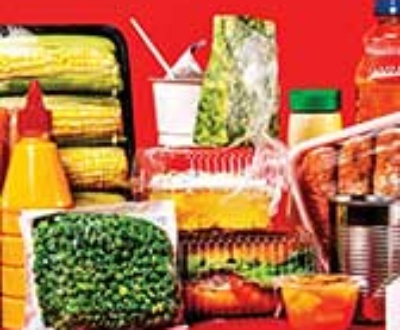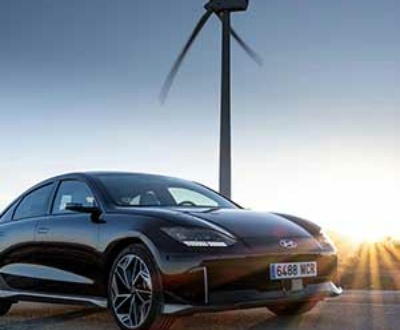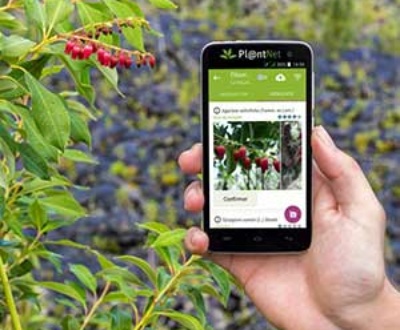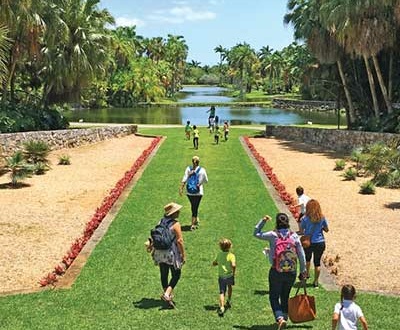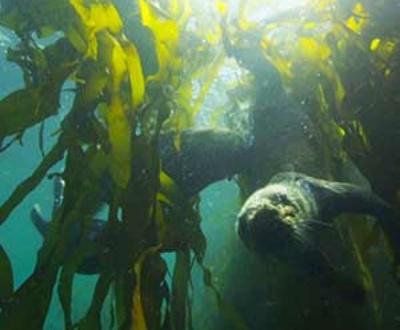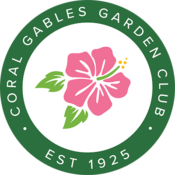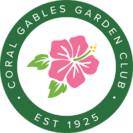GOOD NEWS!!!
If you have been reading these columns, you know that I have been asking the City to install a POLLINATOR PATCH somewhere in the City which would have plants that residents can buy at local native plant nurseries. Plants that pollinators evolved with and need as hosts for their eggs and caterpillars and to provide nectar for the adults to eat. I have been advocating this because we are now at the point where there is not enough habitat to support these insects in the wild. Without them, Coral Gables is a food desert for these endangered creatures.
Remember in 1937, two-thirds of the planet was wilderness and now its two-thirds people—where is the wildlife supposed to go? And of course, insects are a vital part of nature’s web. Seventy-five percent of global food crops need to be pollinated. Insects are also a vital part of the food chain, transforming green plant energy into highly nutritious eating for birds, fish, frogs, etc. Human societies depend on healthy ecosystems. And, unfortunately, 40% of all known insects are facing extinction due to loss of habitat and pesticides.
Like everything else we are now learning about the planet, it is now time for us to stop taking things for granted, step up, and help out.
SO, I am very pleased to announce that the City has decided to put the POLLINATOR PATCH next to the Snail sculpture at the Coral Gables Youth Center.
Also, the City has decided on a series of four lectures—a Keep Coral Gables Beautiful Parks Pollinator Palooza. Three lectures will be at the Youth Center Auditorium and one at the opening of the Farmers market in January.
On Saturday, September 25th from 10-11 am at the Youth Center Auditorium the series will kick off with, Butterfly Gardening And Imagination: It’s Not About What It Is, It’s What It Can Become!
AND, as part of that day’s activities, kids will be able to plant in the new raised bed pollinator patch by the snail. They will be asked to log their plants on the iNaturalist app. So Come Join The Fun On September 25Th!!
Biodiversity
We have just touched on the need to help insects with habitats in our backyards since they are a vital part of the earth’s ecosystem. Biodiversity refers to the number of different species of plants, animals, and fungi that are crucial to maintaining a healthy planet for humans to live on. The narrow range of species that humans eat and exploit cannot be sustained without the existence of a much greater diversity of animals, plants, and bacteria.
 Nature is like an intricate web. If you pull out one piece, in this case, insects, other pieces can fall. Kind of like if you ever did a tower of blocks when you were a kid. If you take out a block at the bottom, the whole structure comes down.
Nature is like an intricate web. If you pull out one piece, in this case, insects, other pieces can fall. Kind of like if you ever did a tower of blocks when you were a kid. If you take out a block at the bottom, the whole structure comes down.
Another example of this would be the keystone species. These are species that, if removed, transform an ecosystem. One keystone species turns out to be sea otters. They are voracious eaters of sea urchins. The urchins graze on kelp and, if left unchecked, are capable of wiping out entire kelp forests on which fish and seals depend.
Friends, it’s just all so complex and it seems like humans have just been bungling and busting right through it all. But the time for rampaging and destroying at will is over. Now we have to help and protect or face really unpleasant living conditions going forward.
Want to learn more? Check Out Fabulous Fungi
Netflix has done it again! Here is a fourth must-see documentary about our planet—FANTASTIC FUNGI.
Like A Life On Our Planet, Kiss The Ground, and Breaking Boundaries: The Science Of Our Planet, Fantastic Fungi tells an important story about our world and the fabulous fungi that through their mycelium connective tissue connect plants and trees underground in a living brown food web. Today, more than 90% of plants depend on symbiotic fungi, whose threadlike tissues weave themselves between plants supplying them with crucial nutrients.
About the Author
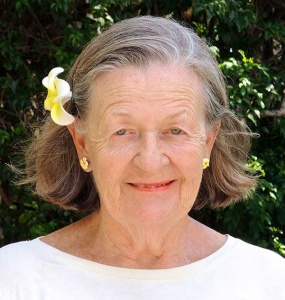
Linda Lawrence Waldron currently writes the Green Gables column in Gables Living Magazine. Linda was Chairman of the Garden Club's Coral Gables Library Butterfly Garden Committee.
Sign up here for email notifications about new Green Gables articles!
More from our blogs
See all postsRecent Posts
- April 2023 April 1, 2024
- Good News on Environmental Plastics February 1, 2024
- Material World / Plant World January 1, 2024
Leave a Comment cancel
This site uses Akismet to reduce spam. Learn how your comment data is processed.



